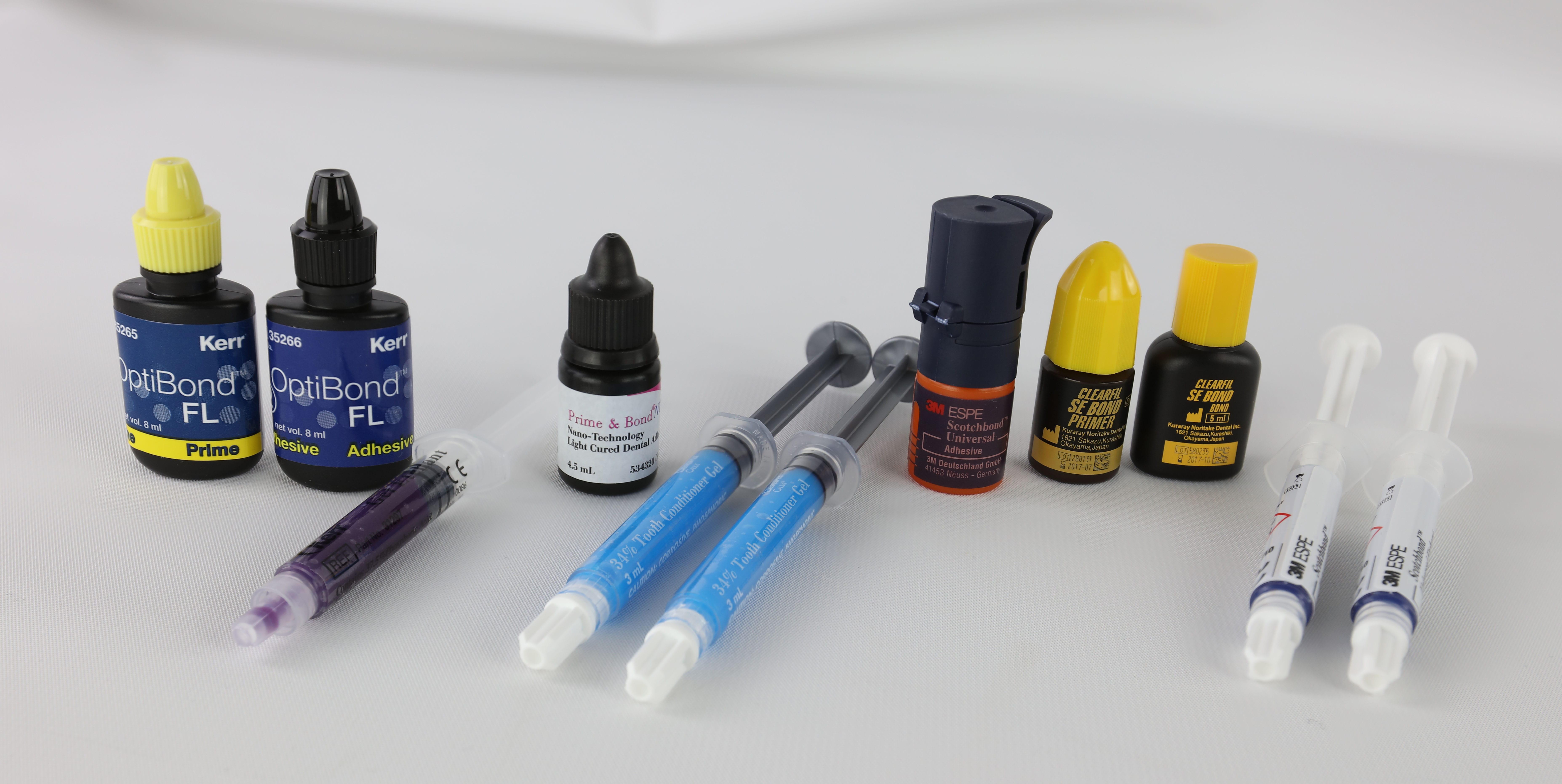Have you ever wondered about the tooth-shaped caps that dentists place over damaged or decayed teeth? These essential dental restorations are known as dental crowns, and they play a crucial role in restoring both the function and appearance of your smile. In this comprehensive guide, we will delve deep into the world of dental crowns, exploring their purpose, types, benefits, and the step-by-step process of getting one.
The Importance of Dental Crowns
Your teeth are designed to withstand a lifetime of biting, chewing, and grinding forces. However, various factors can compromise their integrity, leading to the need for dental crowns. Here are some common causes of tooth damage:
- Tooth Decay: Cavities can weaken the structure of a tooth.
- Cracks or Fractures: Injuries or excessive wear can lead to cracks.
- Excessive Wear: Grinding or clenching teeth can wear them down.
- Large Fillings: When a filling is too large, it can compromise the tooth’s strength.
- Severe Discoloration or Misshaping: Aesthetically unpleasing teeth may require restoration.
When a tooth’s structure is compromised, it becomes more susceptible to further damage, infection, and even loss. This is where dental crowns come into play.
What Are Dental Crowns?

Dental crowns are protective caps that fit snugly over the entire visible portion of a tooth, encasing it from the gum line up. They serve multiple purposes:
- Reinforcement: Crowns strengthen the remaining tooth structure, preventing further deterioration.
- Protection: They shield the damaged tooth from additional harm caused by biting and chewing forces.
- Restoration: Crowns restore the tooth’s original shape, size, and strength, allowing for normal function.
- Aesthetics: They improve the appearance of damaged, discolored, or misshapen teeth.
By addressing these issues, dental crowns allow you to regain full functionality and confidence in your smile.
The Versatility of Dental Crowns
While the primary purpose of dental crowns is to protect and restore damaged teeth, their versatility extends far beyond this basic function. Let’s explore the various ways dental crowns can benefit your oral health:
Cosmetic Enhancement
Crowns can dramatically improve the appearance of teeth that are severely discolored, misshapen, or unevenly sized. They provide a uniform, natural-looking solution that can transform your smile.
Post-Root Canal Protection
After a root canal treatment, teeth often become brittle and susceptible to fracture. A crown is typically placed to protect the treated tooth, restore its functionality, and prevent reinfection.
Dental Bridge Support
Crowns serve as anchors (abutments) for dental bridges used to replace one or more missing teeth. The crowns on either side of the gap provide stable support for the artificial tooth (pontic) in between.
Dental Implant Restoration
In dental implant procedures, crowns are used to cap and restore the visible portion of the implant. This provides a natural-looking and functional replacement for a missing tooth.
Bite Alignment
In cases of misaligned bites or uneven tooth surfaces, crowns can be used to reshape and realign teeth. This improves overall bite function and reduces the risk of further wear or damage to other teeth.
Fractured Tooth Repair
For teeth with large fractures that can’t be repaired with bonding or veneers, crowns provide a comprehensive solution that encases and protects the entire tooth.
Support for Large Fillings
When a tooth has a very large filling—especially if more than half of its width is filled—a crown can provide necessary support and prevent the tooth from fracturing.
By offering these diverse benefits, dental crowns prove to be an invaluable tool in maintaining and improving overall oral health.
Types of Dental Crowns
Not all dental crowns are created equal. Depending on your specific needs, budget, and aesthetic preferences, your dentist may recommend different types of crowns. Here’s a detailed look at the most common options:
| Type | Composition | Appearance | Best For | Pros | Cons |
|---|---|---|---|---|---|
| Porcelain Crowns | Made entirely of ceramic materials | Highly natural-looking | Front teeth | Excellent aesthetics; biocompatible | Less durable than other options for back teeth |
| Porcelain-Fused-to-Metal (PFM) Crowns | Metal core covered with porcelain exterior | Natural-looking; may show metal line | Back teeth | Combines strength with aesthetics | More tooth structure needs removal; porcelain may chip |
| Gold Crowns | Gold alloy mixed with other metals | Distinct gold color | Back molars | Extremely durable; gentle on opposing teeth | Not aesthetically pleasing for visible areas |
| Zirconia Crowns | Zirconium dioxide | Can look natural or opaque | Any area | Very strong; minimal tooth reduction required | Challenging to adjust/remove if necessary |
| E-max (Lithium Disilicate) Crowns | High-strength ceramic material | Very natural-looking | Front teeth | Strong for a ceramic crown; highly aesthetic | Not as strong as zirconia for back teeth |
| Temporary Crowns | Acrylic or composite resin | Basic shape | Short-term use | Protects prepared tooth | Not as durable or aesthetic as permanent options |
Your dentist will help you choose the best option based on the location of the tooth, your oral health needs, aesthetic preferences, and budget.
The Dental Crown Procedure
Getting a dental crown typically involves two visits to your dentist. Here’s what you can expect during the process:
Initial Consultation and Examination
- Your dentist will examine the tooth and surrounding area.
- X-rays may be taken to check roots and surrounding bone.
- If decay is present, it will be removed before proceeding.
- Your dentist will discuss crown options and help you choose the best type for your needs.
Tooth Preparation
- The tooth is numbed with local anesthesia.
- A small amount of enamel is removed from its surface and sides based on crown type.
- If large areas are missing, your dentist may build up the core of the tooth.
Impressions or Digital Scans
- Impressions of the prepared tooth are taken using physical molds or digital scans.
- These impressions ensure that the crown will fit properly without affecting your bite.
Temporary Crown Placement
- If your permanent crown cannot be fabricated on the same day, a temporary crown is placed.
- This protects the prepared tooth while you wait for your permanent crown.
Fabrication of the Permanent Crown
- The impressions or scans are sent to a dental laboratory where skilled technicians create your custom crown.
- This process usually takes 2–3 weeks.
Permanent Crown Placement
- Once your custom-made crown is ready, you’ll return for a second appointment.
- The temporary crown is removed; your dentist checks fit, shape, and color before permanently cementing it in place.
Follow-up and Adjustments
- Your dentist may schedule follow-up appointments to check placement; minor adjustments can be made if necessary.
- Some dental offices have technology that allows them to create permanent crowns in one visit using CAD/CAM (Computer-Aided Design/Computer-Aided Manufacturing).
Whether your crown is placed in one visit or two, you will leave with a restored tooth that looks, feels, and functions like a natural one.
Caring for Your Dental Crown
While dental crowns are designed to be durable and long-lasting, proper care is essential to ensure their longevity and maintain your overall oral health. Here are some detailed tips for maintaining your dental crown:
Practice Excellent Oral Hygiene
- Brush twice daily with a soft-bristled toothbrush focusing on where the crown meets gums.
- Floss daily; consider using an interdental brush or water flosser for thorough cleaning around the crown.
Be Mindful of What You Eat
- Avoid very hard foods that could chip or crack your crown.
- Be cautious with sticky foods that might dislodge it; porcelain crowns can stain like natural teeth.
Protect Against Grinding
If you grind your teeth (bruxism), ask your dentist about a night guard—a custom-fitted appliance that protects both your crown and natural teeth from excessive wear.
Maintain Regular Dental Check-ups
Visit your dentist regularly for check-ups and professional cleanings; they can monitor your crown’s condition and address any issues early on.
Avoid Bad Habits
Don’t use your teeth as tools (e.g., opening packages) or chew non-food items like pens or ice; these habits can damage both crowned and natural teeth.
Watch for Complications
Pay attention to any pain when biting; if the crown feels loose or falls off, contact your dentist immediately. Signs of decay around edges should also be monitored closely.
While crowned teeth themselves cannot decay, maintaining good oral hygiene is crucial to prevent decay at crown margins and protect surrounding teeth.
Success Rates and Longevity
Dental crowns have impressive success rates when properly cared for:
| Time Period | Survival Rate |
|---|---|
| 5 years | 89.9% |
| 10 years | 80.9% |
| 15 years | 70.5% |
| 20 years | 61.8% |
These statistics indicate that most dental crowns can last many years—often decades—with proper care. Factors influencing longevity include:
- Material Quality: The type and quality of material used affect durability.
- Oral Hygiene Practices: Good hygiene helps prevent decay around margins.
- Bite Forces and Habits: Excessive grinding puts stress on crowns.
- Location in Mouth: Back teeth endure more chewing forces than front ones.
- Skill of Dentist: Proper preparation ensures longevity.
- Overall Oral Health: Healthier surrounding tissues support longer-lasting restorations.
- Dietary Choices: Hard foods or smoking habits can affect lifespan negatively.
It’s important to note that while these survival rates are averages representing general outcomes across populations, many individuals experience longer-lasting results through diligent care.
Market Growth and Demand
The global dental crowns market reflects increasing demand driven by several factors:
- Rising prevalence of dental caries
- Growing awareness about aesthetic dentistry
- Increasing geriatric population needing restorations
- Advancements in materials technology
According to market research estimates:
- The global dental crowns market was valued at approximately $3.19 billion in 2024.
- It’s projected to reach $5.10 billion by 2032—a compound annual growth rate (CAGR) exceeding 6%.
This growth highlights not only an increasing need for restorative procedures but also continuous improvements in materials making them attractive options for patients seeking effective solutions.
Conclusion
Dental crowns are versatile solutions essential for restoring damaged or compromised teeth while enhancing aesthetics significantly within dentistry practices today! With various types available tailored specifically toward individual needs—from cosmetic enhancements through functional restorations—understanding their benefits alongside proper maintenance empowers informed decisions regarding treatment plans tailored just right!
Investing in dental health through procedures like these not only improves oral function but also boosts confidence overall! Remember—the success ultimately depends on commitment toward good hygiene practices coupled with regular check-ups ensuring lasting results throughout life’s journey ahead! Always consult with qualified professionals who provide personalized advice based upon unique circumstances—this collaborative approach guarantees optimal outcomes every step along this path toward achieving healthier smiles today!















